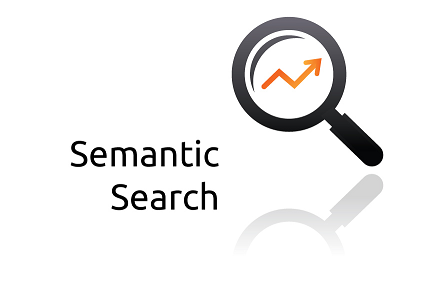How to Optimize Your Website for Semantic Search
By Alex Carter on November 1, 2024

Semantic search is one of the most significant advancements in technology today, transforming how search engines like Google interpret and deliver search results. Instead of merely matching keywords, semantic search focuses on understanding user intent and context, making search results more accurate and relevant. A key example of this is Google’s Knowledge Graph, which uses artificial intelligence to provide comprehensive, context-aware search results.
Understanding Semantic Search and the Knowledge Graph
In traditional search, engines parsed queries using keywords, matching text strings without understanding the deeper meaning. Today, semantic search uses machine learning and deep learning to map out relationships between various data points. Google’s Knowledge Graph is a vital part of this evolution. It allows search engines to make connections between entities—people, places, and things—so that queries deliver rich, contextual results.
For instance, if you search for “Kate Winslet,” the Knowledge Graph presents a wealth of information: her biography, photos, movies, and more. This technology ensures that you get precise answers without having to sift through unrelated links. The Knowledge Graph learns from user behavior and context, even connecting concepts like Kate Winslet with the movie “Titanic” based on historical search data.
The Role of Context in Semantic Search
Semantic search considers several factors, including user location, device type, and search history, to deliver highly relevant results. For example, searching for “Pizza Hut” on a desktop might show you general company information, while the same search on a GPS-enabled mobile device would provide nearby Pizza Hut locations. This demonstrates the critical importance of context in semantic search.
Creating semantic search technology requires advanced algorithms that interpret user intent with lightning speed. The aim is not just to match words but to understand what users mean, making search experiences richer and more intuitive.
How to Optimize Your Website for Semantic Search
To prepare your website for semantic search, focus on building a distinct identity and establishing trust and authority on the web. David Amerland, an SEO expert, emphasizes the importance of creating a strong online presence through Google Plus and linking all your social accounts to your website. Google analyzes sentiment in user comments and activity to ascribe a “Trust Rank” to your profile, influencing site rankings.
Here are some essential tips to make your website more discoverable:
- Create High-Quality Content: Publish engaging, informative content regularly. It should reflect your brand’s unique identity and invite user interaction;
- Internal Linking: Connect related content within your site to help search engines understand the context and hierarchy of your pages;
- Focus on User Engagement: Content that invites comments, shares, and likes performs better in the semantic search landscape;
- Leverage Google Plus: Establish your presence on Google Plus and link it to your website. While social media plays a general role, Google Plus carries specific authority in Google’s ecosystem.
Updating Your SEO Strategy for Semantic Search
Your old SEO skills are still valuable but need to be adjusted for the semantic era. Keywords should occur naturally within the content, and while the keyword meta-tag is no longer relevant, using keywords strategically still matters. Google considers over 200 ranking signals, so incorporating semantic search elements alongside traditional SEO practices is crucial.
Link building is also evolving. It now integrates with Google Plus and uses techniques like sentiment mining and co-citation. These methods help establish content authority and boost your site’s Trust Rank. Ultimately, high-quality content remains essential, and extending your online social network increases the chances of your content being shared and ranked higher.
Rich Snippets: Enhancing Your Search Results
Rich Snippets provide users with a convenient summary of your site’s information directly on the search results page. They work alongside Google Authorship to offer a more detailed preview of your content, which can increase click-through rates and conversions. To optimize your site for Rich Snippets, incorporate structured meta-data, making your content more appealing and visible to search engines.
Conclusion
Semantic search is reshaping the digital landscape, emphasizing user intent, context, and meaningful content. As search engines become more sophisticated, optimizing your website requires a focus on high-quality, engaging content and strategic use of social media. By leveraging Google Plus, Rich Snippets, and a well-structured website, you can stay ahead in this evolving environment. With semantic search, the future of SEO is more about quality and relevance than ever before.
Posted in blog, Web Applications
Alex Carter
Alex Carter is a cybersecurity enthusiast and tech writer with a passion for online privacy, website performance, and digital security. With years of experience in web monitoring and threat prevention, Alex simplifies complex topics to help businesses and developers safeguard their online presence. When not exploring the latest in cybersecurity, Alex enjoys testing new tech tools and sharing insights on best practices for a secure web.
